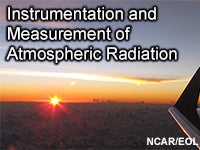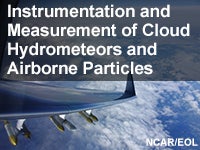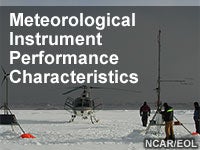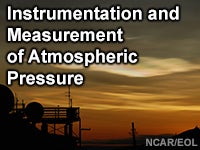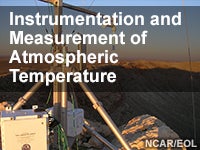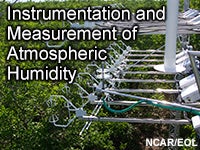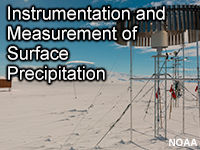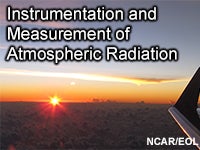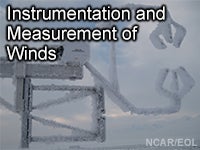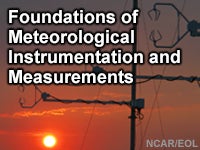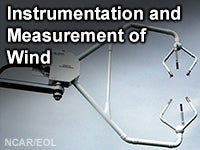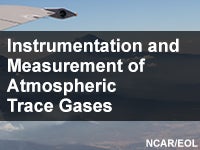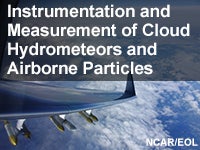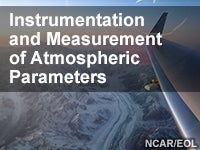 A series of ten meteorological instrumentation and measurement training lessons for undergraduate and graduate education was produced by the NCAR Earth Observing Laboratory, Millersville University, and The COMET Program, and is freely available to the community. This series will provide approximately 20 hours of atmospheric instrumentation training. The course focuses on the science involved in measuring basic atmospheric parameters and can help with successful instrument siting and data collection for various efforts. A free COMET login is required.
A series of ten meteorological instrumentation and measurement training lessons for undergraduate and graduate education was produced by the NCAR Earth Observing Laboratory, Millersville University, and The COMET Program, and is freely available to the community. This series will provide approximately 20 hours of atmospheric instrumentation training. The course focuses on the science involved in measuring basic atmospheric parameters and can help with successful instrument siting and data collection for various efforts. A free COMET login is required.
This training series is being developed in response to a two-decade calling from the atmospheric sciences community to provide a coherent set of livable, interactive, high quality, online, multimedia instructional modules covering the broad subject area of instrumentation, measurement, and observing systems that will serve instructors as course supplements and students as stimulating, engaging, learning experiences.
» NCAR Earth Observing Laboratory staff serve as subject matter experts, content developer leads, and provide project coordination.
» COMET MetEd provide instructional design, video development, and graphic design; their platform has over 500,000 users and growing; free, easy registration and option to sign up for new publication alerts.
» Millersville University PI serves as an instructional content integrator, subject matter expert and provides educational rigor oversight.
» Target Audience: Upper-level undergraduate, and first and second-year graduate students.
» Target Length: 75-90 minutes to complete each module.
Lessons will:
» Include well-planned learning objectives to guide content and assessments.
» Serve to augment face-to-face instruction in courses for instrumentation, measurement, and observing systems; can also be used in total or in part as content material in other courses and with other delivery formats.
» Engage the students in forward-thinking measurement techniques and technology by teaching fundamental principles, basic mathematical, engineering underpinnings,
and subject area content and context.
» Include videos, graphics, interactive educational tools, and assessments with scores able to be emailed to instructors.
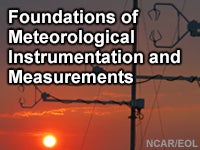
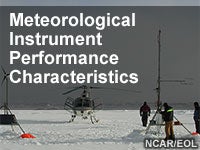
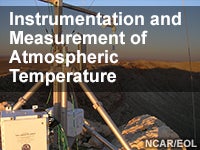
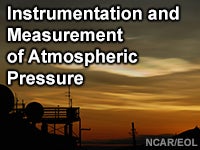
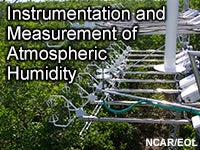
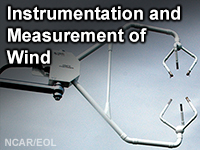
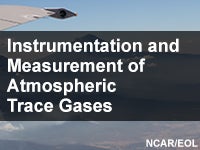 Instrumentation and Measurement of Atmospheric Trace Gases
Instrumentation and Measurement of Atmospheric Trace Gases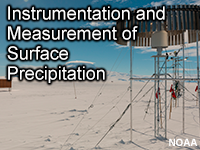 Instrumentation and Measurement of Surface Precipitation
Instrumentation and Measurement of Surface Precipitation